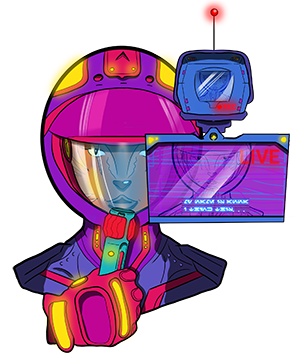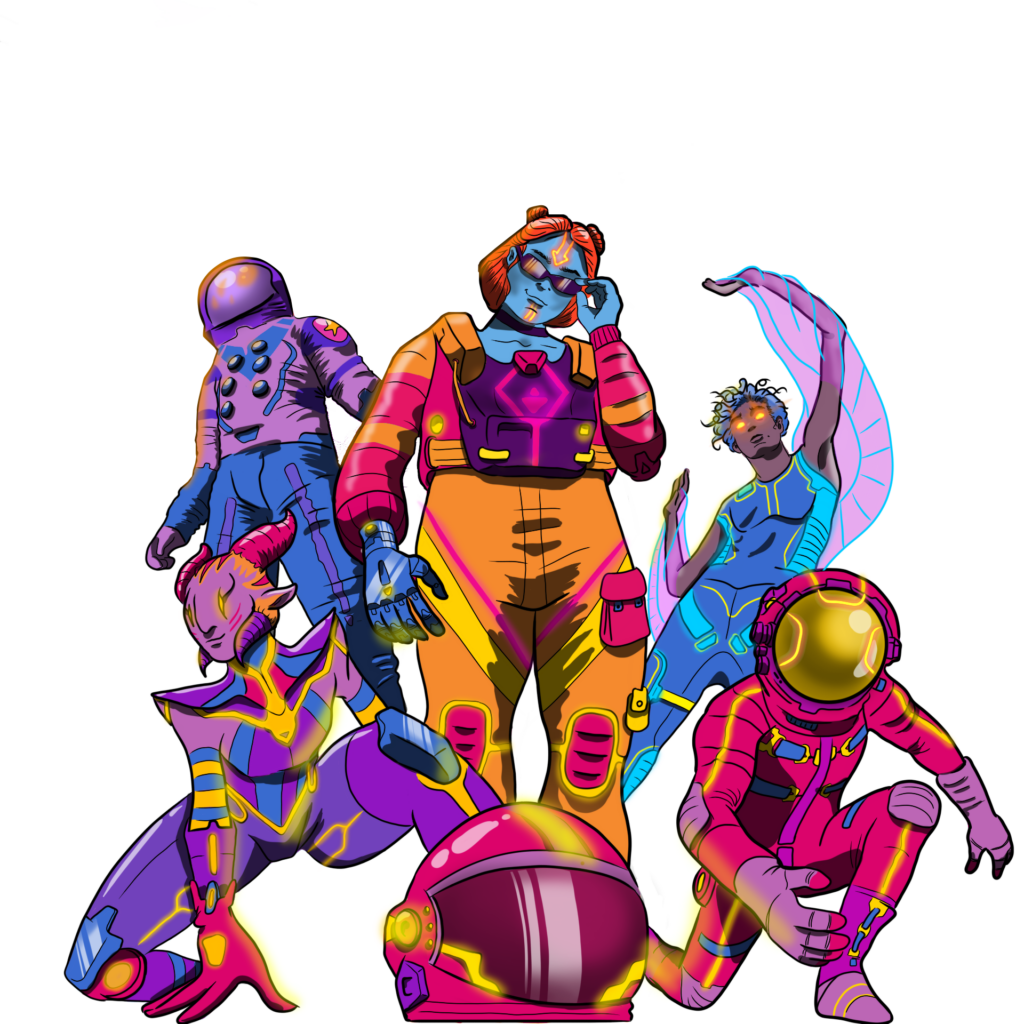Over the years I have had the opportunity to lead and be part of various teams, and not a single one was identical to another. Whether it was because of its size, composition, geographic location, purpose, or lingua franca, each team was unique.
Amidst this diversity, there is one factor that has always been present in the high-performing and most successful teams I’ve been on, an element that is often overlooked, under-planned, and left to chance: identity.
The Importance of a Team Identity
A team with a strong identity has and embodies a purpose; they have a shared mission; they are a collective. This unity fosters empathy and care, which leads to a supportive environment where individuality is valued, the arrival of new colleagues is celebrated, and departures are handled with empathy. A team with a defined identity cultivates a deep sense of belonging. It provides a safe space where every member feels seen, heard, and valued.
In essence, building a team identity is about unlocking a vast range of benefits that will boost the overall experience for everyone involved because we all want to work for a company or a team we feel happy to be part of, right?

Building an identity is an investment worth making that pays off in the form of resilient, high-performing teams capable of achieving extraordinary things.
How to Build a Strong Team Identity
1. Start with the name, always with the name:
Before delving into the intricacies of building a strong team identity, it’s essential to start with a foundational element: the team’s name. This seemingly simple step is of great importance since it sets the tone for how the team perceives itself and how others will perceive it, too.
When defining the team’s name, it’s a good idea to involve all members in the process. This not only fosters a sense of ownership but also allows for collective creativity and alignment with the team’s purpose and values. The name could reflect the team’s identity, its mission, or a unique aspect that distinguishes it within the organization.
| Our approach |
| When our project started, there were almost 30 of us, but we knew our team would eventually grow to include at least 50 members, and it ended up swelling to over 120. In those early days, we had the responsibility of choosing a name that would set the tone for what was coming next. We were assigned the letter “Q” for Quality, as we would be doing Localization Quality Assurance for video games, but we couldn’t just be the “Quality” team; we had to imprint our essence on our name. So, we opened a form and shared it with everyone on the team to brainstorm some name ideas. Here are some of the coolest ones we came up with: Team Quixotic Team Qcumber Quirky team Team Quaint Qutie pies Qool team QTs Quality Quest Q-ties Team Quip Then, we opened a poll, and the winner was: “Quality Quest”, with “Team Qcumber” coming in a close second. In the end, we settled on the QQs and chose the Qcumber as a mascot. This little but powerful detail became a cornerstone in the team’s identity and development. Our clients even referred to us as the QQs and noticed how united our team was. |
2. Next, build communication bridges:
Creating spaces to facilitate quick interactions is a great way to help build team identity. In future blogs we’ll delve into the importance of having a communication management system in place and why they’re crucial to building trust between teammates. For right now, just think about creating spaces to simulate random encounters at a regular office to allow team members to get to know each other and feel more comfortable communicating and interacting.
| Our approach |
| We created a “Coffee time” chat. This was a space where team members could check in with one another, share random thoughts, links, GIFs, or memes, and basically have quick daily interactions. We also had our official work-related channels, but the team got used to always starting and ending their shifts by checking coffee time. Going to this space feels like standing up and grabbing a virtual coffee with a colleague, which is key when working with remote teams. |
3. Then, promote integration spaces:
The third step we took in order to build the team’s identity was to promote integration spaces. Consider how your team prefers to connect. Do not impose activities that promise that after a few hours you’ll end up being best friends. Our suggestion: learn from your team. What do your team members like? What do they have in common?
Be open-minded, break a couple of institutional rules if necessary, and allow them to be themselves with each other. Playing games together has proven time and time again to be an effective way of bringing people on our team together. This was key during the first year of the project as the play sessions were central to the team’s integration process.
So, find what works for your team. We strongly recommend video games, but it’s possible that we are a bit biased here!
4. Finally, define the team’s first realistic goals:

Once you’ve established the team’s name, built communication bridges and set up some play sessions, the next crucial step is defining the team’s first small and achievable goals. Why small and achievable? Because establishing as a goal: “To become the very best LQA team in the world” will require time, a budget and many hours of work, and not having smalls wins will impact negatively on the team’s morale. You don’t go directly to the final boss before winning some battles, right?
So, if you have a new team, I recommend starting with objectives such as:
- Clarifying the scope for everyone’s role
- Mapping the elemental workflows and making visual aids
- Establishing a communication space and ground rules for using it
- Identifying training needs for the group and individuals
- Figuring out what learning system works best for the type of team you have
When setting goals, don’t lose sight of your organization’s broader purpose. You will want to establish goals that are motivating for your team and contribute to the larger organizational mission and objectives. Make sure to take your time with this step because laying the foundation is always the most important step.
Creating an identity and promoting a sense of belonging is the first step to building a strong and collaborative team. By taking the few small actions suggested in this blog, you will be laying the groundwork for your team’s culture, which we will cover in our next blog.
About the author:

Angie Tapia is a professional in translation, localization, project management and language services. She holds a Bachelor of Arts in Translation and Interpreting and a Master’s in Administration and Project Management. Her career includes a pivotal role as the Head of Language Services at the Lima 2019 Pan American and Parapan American Games, where she led a team of 50 language services professionals and over 300 volunteers, providing over five million translated words and a thousand hours of interpreting. Angie’s work extends to academia, where she has served as a university professor since 2015. She also brought her passion for innovation and localization to Terra Localizations, where she served as Customer Success Manager, helping shape solutions for the video game industry.



